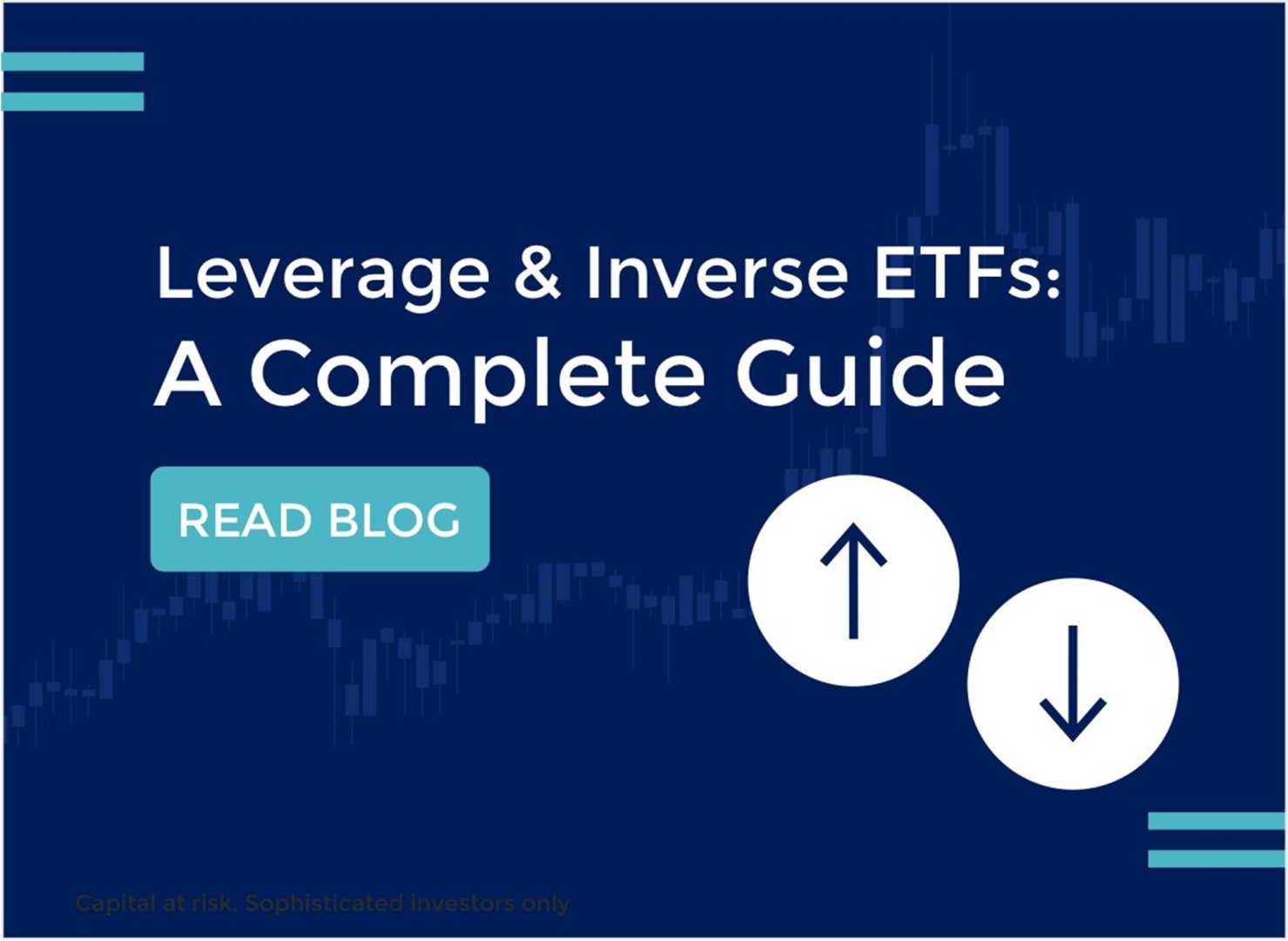Business
Investors Warned: Risks of Leveraged and Inverse ETFs

CHICAGO, Ill. — Investors looking to amplify returns with leveraged and inverse exchange-traded funds (ETFs) are cautioned about significant risks tied to these high-stakes financial products. While these funds can yield substantial gains in a favorable market, they can also magnify losses if market conditions turn unfavorably.
Leveraged and inverse ETFs are designed for short-term trading rather than long-term investments, as they seek to achieve daily return objectives based on specific underlying indices. Unlike standard ETFs that usually track the performance of a particular index, leveraged ETFs aim to produce returns that are two, three, or even ten times the movement of that index.
According to Debbie Carlson, a veteran financial journalist, “These products can be highly speculative and should only be used by investors who understand the mechanics behind how they operate.” The Securities and Exchange Commission (SEC) has noted that these ETFs reset at the end of each trading day, which means their performance can deviate significantly over time from the expected returns.
For instance, if an investor holds a two-times leveraged fund and the market experiences a downturn followed by a rebound, the actual returns might not reflect the indices due to the compounding effect of daily resets. The SEC explains, “Most leveraged and inverse ETFs reset each day, which means they are designed to achieve their stated objective on a daily basis. With the effects of compounding, over longer time frames the results can differ significantly from their objective.”
This phenomenon, known as slippage, occurs due to transaction costs and market inefficiencies that drag down overall performance. Investors are advised to research the details of these funds thoroughly, including their fees and objectives, by reviewing the prospectus before committing their capital.
Moreover, some of these funds are classified as exchange-traded notes (ETNs), which add an additional layer of risk known as counterparty risk—the possibility that the issuing financial institution may default.
Investment experts recommend that individuals who do not have a high-risk tolerance or lack a thorough understanding of these financial products should steer clear of leveraged and inverse ETFs. “If you can’t handle the possibility of losing a substantial amount of your investment quickly or don’t fully grasp the risks involved, these types of funds are not suitable for you,” Carlson added.
The SEC highlights that investors should operate with caution, as these ETFs typically come with higher fees than traditional ETFs and may introduce negative tax implications due to their daily reset mechanisms. As financial markets continue to evolve, it is critical that investors remain vigilant and informed regarding their investment choices.












